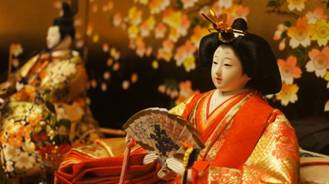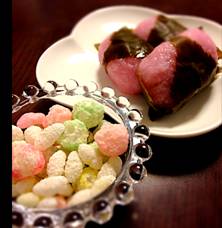What is the cost of a Malay style wedding?
A Report from Malaysia
This report is a follow-up to the Malay Style Wedding Party report which received a huge response. Today’s theme is about how much it actually costs for Malay (Muslim) people to get married.
In Japan, it costs a lot of money to have a wedding party. According to a survey from a Japanese wedding agency, a typical wedding party costs around 3 to 3.5 million yen on average. However, the couple getting married only has to pay about 1 million yen because all of the guests give money as a gift.
Now, how about Malay weddings?
A man who decides to get married first faces the issue of a dowry. There are two types of wedding dowries which are given from the man to his future bride:
The first type is called a mas kahwin. It’s compulsory in Islam for a man to pay a dowry to the woman and its amount is fixed by local state religious departments. For example, it is 80 RM (about US$25) for an unmarried woman and 40 RM (about US$12) for divorcee.
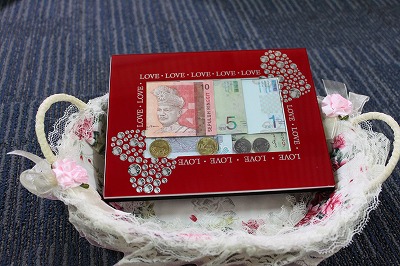
Photo: Provided by Mrs. Safiya who is Japanese and married a Malay man in 2012. She had a wedding ceremony at the mosque in her husband’s home town of Pahan. The amount (22.5 RM in Pahan) is also read out in the wedding vows. The money is beautifully decorated and sent to the bride.
The second type of dowry is called a hantaran khawin which is not compulsory in Islam, but traditional. This dowry is sent for the cost of the wedding party on the bride’s side. The average amount is 10000RM (about US$3050), but the bride’s family tends to set higher amount if their daughter has a higher educational background.
The average man’s monthly salary in Malaysia was 1906RM (about US$580) in 2012, so you can imagine how expensive these dowries are.
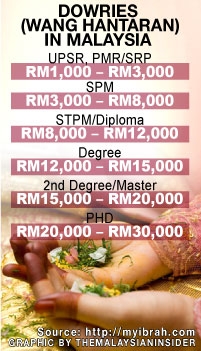
(Source:The Malaysian Insider http://www.themalaysianinsider.com/malaysia/article/for-young-malay-couples-an-increasingly-high-price-to-getting-wed)
DEPARTMENT OF STATISTICS, MALAYSIA, SALARIES & WAGES SURVEY REPORT Malaysia 2012, http://www.statistics.gov.my/portal/download_Labour/files/BPTMS/Salaries_and_Wages_Survey_Report_2012_11092013.pdf
Wedding parties are generally held on both the groom and bride’s side in their home towns, so twice in total and it usually costs at least 20000 RM (about US$6100). Of course, it depends on the area where the party is held, whether it’s held at home or in a wedding hall, and whether food is cooked at home or catering services are used.
In Japan, couples can expect monetary gifts from all guests, so they can pay the greater part of the expenses. However, Malay couples usually get gifts from around 500 to 1000 guests.
Maybe it’s because I am Japanese, but I would prefer to have the money rather than gifts.
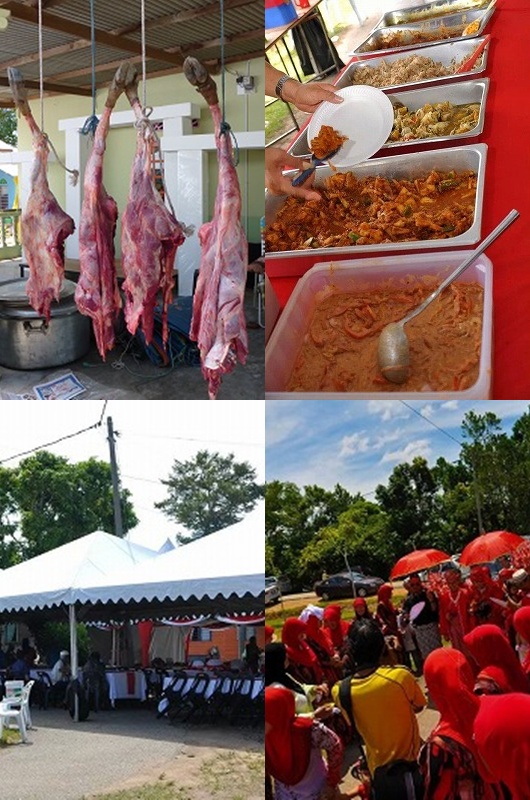
Photo: Provided by Mrs. Safiya
Wedding scenes in an area of the country side called kampung. Cows for a feast. 3000RM (about US$915) per head
It makes me feel nostalgic for Japanese communities of the past.
As a final thought, consider this: Malay Muslims make up over 60 % of the country’s population, but over 80 % of the divorced population in Malaysia. This figure shows that Malay Muslims are more likely to get a divorce compared to their Chinese or Indian Malaysian counterparts. Does this high rate of divorce have anything to do with the fact that married couples sometimes start their new life together in debt because of the amount of money they need to get married? It seems like the well-known expression “marriage is not the goal, but the start line” is also true in Malaysia.
Reported by Makiko Wada, Sugawara Institute

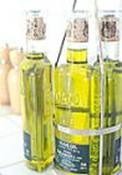 Scientists at the University of York today report the development of hemp plants with a dramatically increased content of oleic acid. The new oil profile results in an attractive cooking oil that is similar to olive oil in terms of fatty acid content having a much longer shelf life as well as greater heat tolerance and potentially more industrial applications.
Scientists at the University of York today report the development of hemp plants with a dramatically increased content of oleic acid. The new oil profile results in an attractive cooking oil that is similar to olive oil in terms of fatty acid content having a much longer shelf life as well as greater heat tolerance and potentially more industrial applications.
